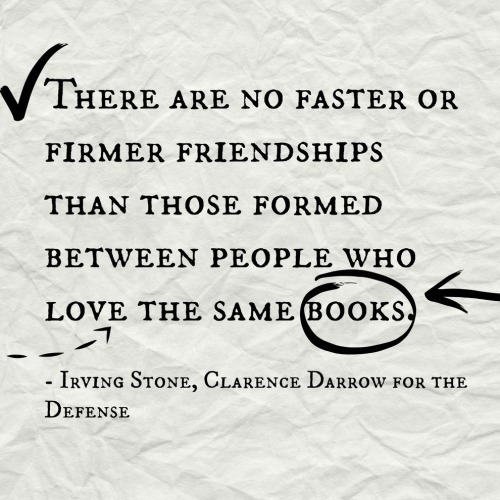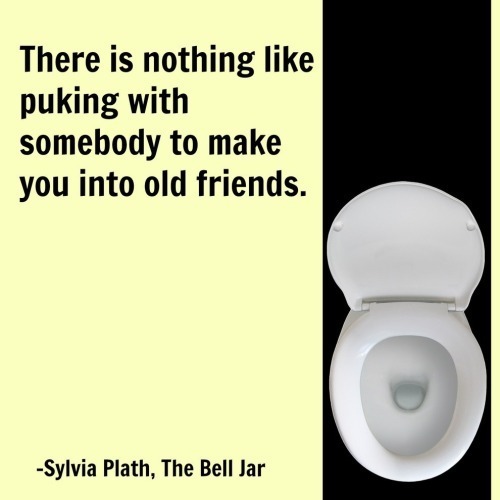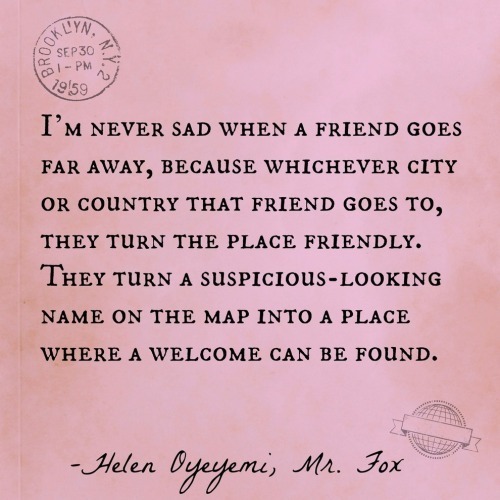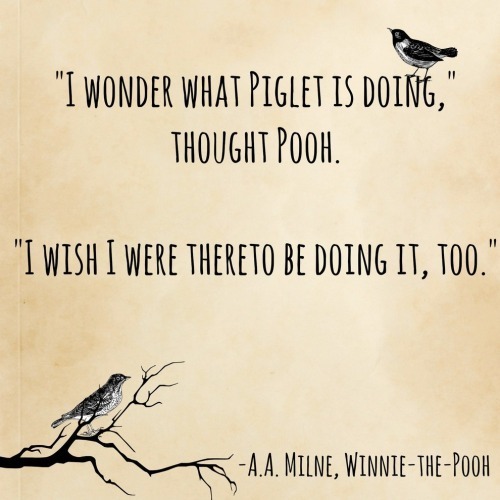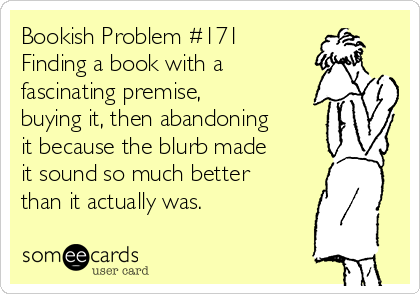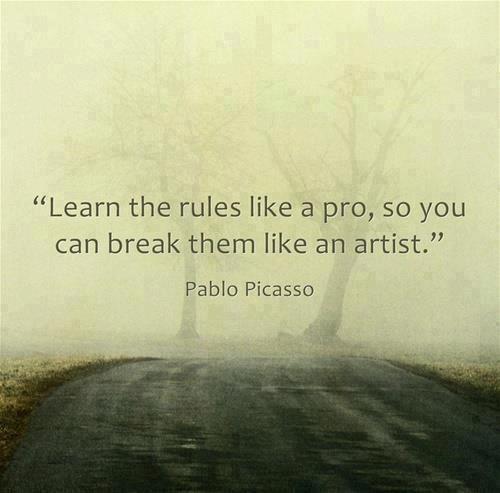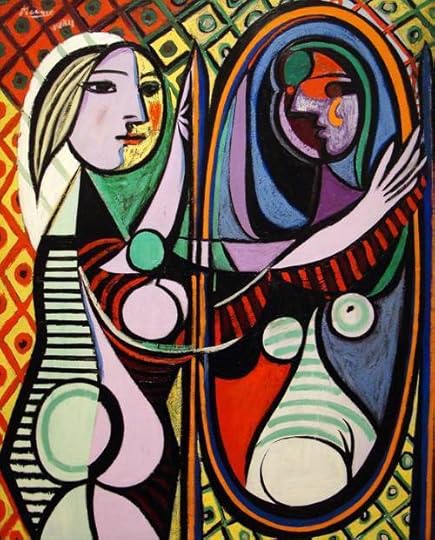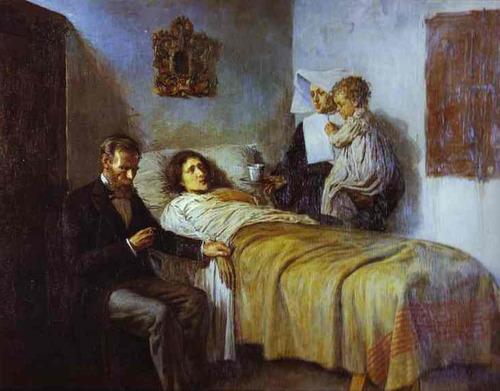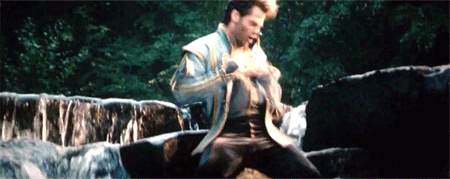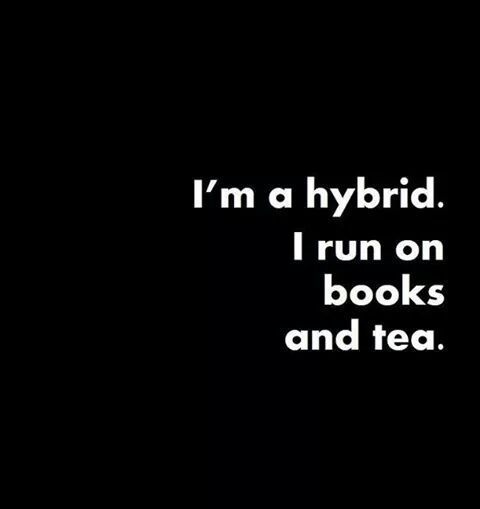Sarah Barra's Blog, page 3
February 3, 2015
Pseudonimos de escritura

Lewis Carroll? Pablo Neruda? J.K Rowling? Pseudonimos muy conocidos por el medio y los fans, pero como lograron que fuera parte de su escencia? “Pablo Neruda era un pseudonimo?!” Asi es, querido lector, y he ahi el porque hay pseudonimos con tanto poder que llegas a creer que son el verdadero nombre del autor. Pero, por que lo hacen? Por que y como deciden escoger un pseudonimo para escribir?…
January 29, 2015
"The creation of an idea is when your brain realizes there more to know about. The creation of a..."
- Helena Noble.
January 26, 2015
quirkbooks:
15 Books Quotes That Perfectly Describe...
amandaonwriting:
Bookish Problems
Using Cliches in Your Writing: Why, When, and How
Yes, you should probably use cliches in your writing. This post tells you why.When people think of Pablo Picasso’s work, they usually think of something like this:
Girl Before a Mirror by Pablo Picasso
What the general population doesn’t know, is that his earlier work looks like this:
Science and Charity by Pablo Picasso
Pablo Picasso learned the rules of art and went on to break them to create his own style.
Writing rules are meant to be broken too, and I have a couple of posts about that. This one is on cliches. Next week’s is on adverbs and adjectives. In both I’ll tell you what the rule is, why it’s a rule, and then why, when, and how to break it to your advantage.
The truth is, sometimes cliches are the way to go.
What’s the Rule?
The Rule:
Don’t use cliches.
A cliche is something that’s been used so many times, it’s lost its effect. The cliche can be a phrase, like “cream of the crop,” “dead as a doornail,” “thick as thieves,” “like a kid in a candy store,” or it can be a plotting technique, like having your hero discover there is a prophecy made about him defeating the antagonist, or it can be a character like an old wise gray-haired mentor (who dies of course) or the slutty but popular (blond) cheerleader.
Bullying is a cliche. So many heroes have been victims of bullying that audiences almost expect it. And have you ever noticed how many fictional twins are basically duplicates of each other? It’s gotten to the point that if you have twins, people expect them to be almost the exact same. (And usually you can combine them into one character and it won’t effect the story.)
Cliches can be found in micro-plotting, like I talked about in my post on action scenes. How many times have you seen people hanging from a ledge or a girl kicking a guy in the crotch? They’re cliches! We’ve seen them dozens of times.
Writers can even create their own personal cliches. They use the same technique or phrase so much that it loses its effect. Even a single novel can have phrases or techniques that become cliche. Stephenie Meyer’s characters are often found “putting her head between her knees” after running. I read that phrase so much that, for me at least, it started to feel cliche.
Why it’s a Rule
At best, a cliche lacks impact. It’s invisible. At worst, it generates groans and gag-reflexes.
The first time people heard “cream of the crop,” “dead as a doornail,” “kid in a candy story,” those phrases had a powerful effect. So powerful in fact that people started using them. Now, though, they are so commonplace that they don’t illicit any kind of emotion out of the reader. You know what the cliche means, but it doesn’t strike you. They’ve lost their gumption, so a reader could care less about reading them. They aren’t creative. And they can be annoying.
The prophecy plot line has lost its effect. People hanging off ledges about to die has lost its effect. (And have you ever noticed no one ever actually dies in any of those moments? Even if they do fall off, they find something else to hold onto or something catches them.) How about the cliche where a guy is fighting someone really good only to find out that the opponent is actually a girl?
Another reason not to use cliches is simply that they’ve already been done. A writer already did that, so why do the same thing again? Do something new! What can you bring to the genre that’s new?
Finally, the last problem with cliches is that they don’t allow writers to stretch and grow. Because the writer is just copying what everyone has already done, she isn’t stretching herself to get better.
Why and When You Should Use Cliches
With that said, you should definitely take advantage of cliches. Here are some reasons why:
kamigarcia:
Not caring what other people think is the best...
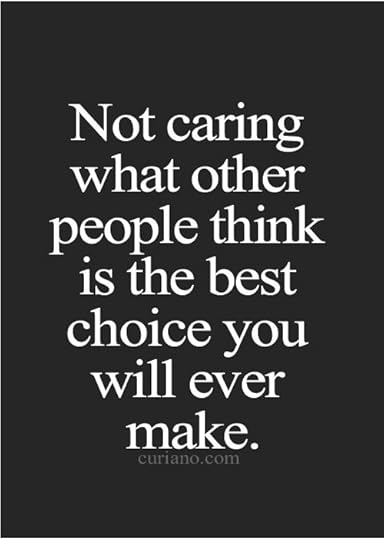
Not caring what other people think is the best choice you will ever make. #inspiration #wordstoliveby
ofswordsandpens:
Every chapter with Percy and Jason in hoo like
amielleon:
julystorms:
an-ime-goil:
thewritewire:
Show vs....
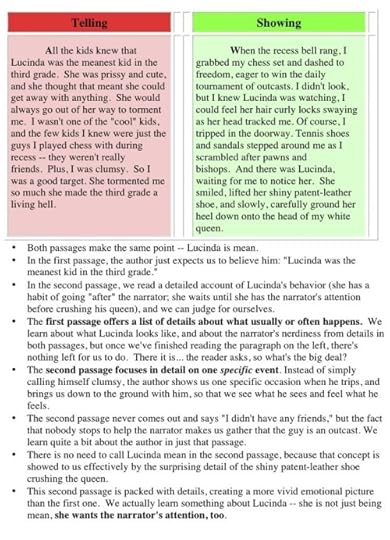
Show vs. Tell
Great description of the difference.
In one of my fiction-writing classes, we had a workshop where we critiqued each other’s writing. There was one student that had a story about a poor boy, who had to work to help his family. At one point, the writer describes his room, and it sounds pretty standard: “vintage posters of rock musicians on the wall, an old board game his family had kept for years, battered Nike sneakers under the bed”. Our teacher said, “Your main character’s pretty selfish.” We all stared at her. “I mean, his family barely has enough to eat, and he’s spending money on buying expensive vintage band posters and Nike shoes?” I was shocked. I hadn’t thought anything of that description - it was just to paint a vivid picture, right? And I didn’t know vintage posters were expensive. What if the Nike shoes had been given to him as a gift? What if the mother had bought them? But it was the moment I realized that great writers put a lot of thought into all those seemingly useless details they leave in there, and they’re all clues leading to a larger truth. It’s not good enough to paint a vivid picture and put in details. Those details will be read into, and they need to point to the truth of your story or your character. That student certainly didn’t mean to make their character come across as selfish. And yet that was the conclusion that the details led to.
At the same time, sometimes the curtains are just blue, so to speak, and it doesn’t mean anything. Which is why consistency is also important. I wouldn’t have necessarily surmised that the character in the original post was clumsy just cause he tripped once - so establish this trait, remember that you made him clumsy, make him drop crumbs all over their lap and almost drop things that are handed to him. Otherwise I will assume his clumsiness is a one-time thing. It’s your job as a writer to include meaningful details, just as it is to establish when something is just a coincidence, or a plot device.
This is good. I bolded the part I felt was most important; good writers include details and keep things consistent, but I agree that great writers include those details for a reason and make them actually mean something (versus allowing them to simply be decoration).
The commentary’s better than the original post.
When I was a young writer, I thought details were there for the sake of being details. You enter a room, you describe the room so the reader can see it in their head, the end.
But in fact, nothing is supposed to be so pointless as to simply check off a box next to “Imagery” in an English class workbook. These details are meant to give the reader something meaningful about the impression it makes on the perspective character, or what’s up with this world and its people.
As for the original post… I think either could work depending on context. If you were trying to have that awkward kid really own this story, making it a story about her perspective rather than a series of events we the readers are watching, you’d go with the left, because it captures a sense of the kid’s understanding of the world rather than appealing to ours.
It’s also worth noting that the right example is very zoomed in, and forces you to go into the details of this particular event and follow it to a reasonable stopping point, which may or may not be desirable.

